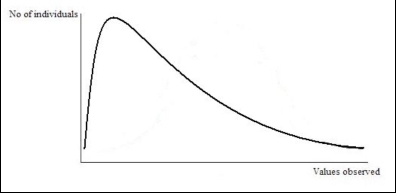Magyar_Republic
Self-requested Deactivation
- Joined
- Apr 11, 2011
- Posts
- 2,563
- Location
- Aberdeen, WA
- Society
- Whiskey Confederacy
- Avatar Name
- Edward Magyar Republic
This would account for why changing areas, or moving to a different mob or whatever almost always results in different looting behaviors.. Maybe the server sine wave is at a better position in accordance with the avatar sine wave and mob/resource sine wave.
Basically. Serica's post on Pendulum dynamics looks interesting. I'd be tempted to bite but for the following scenario.
For about 2 years I hunted Maffoid to the virtual exclusion of all other mobs. I had a specific time I was available to play, right after work, and had a specific gear setup that I had created to basically eliminate dying to the point where during that 2 year period I would only die if the server went into a lag type situation. I had UL items for all armor pieces and the same UL weapon.
This made hunting very predictable.
I noticed early on that if I did not deviate from this schedule, my returns were the same, and I could even predict how many globals I would get a session based off time spent hunting. However if I went home early and logged on, or came home a bit late and logged on, my hunts changed drastically. Usually they would be less than what I was used to.
2 years is a long time to experience the same phenomenon, and I started to think it was more than just a coincidental observation. I started to see a bit of organization in the chaos. I'd try different mobs, and have wildly different results, but if I returned the next day to my faithful Maffoid and repeated the steps, I could remedy whatever problems happened during the previous days event.
There seem to be some predictable elements in the system, if you've got the patience and resources to spot them. I spotted this one through accident. I'm sure others have been able to create situations of their own which have also been repeatable. Thus the outcry when dynamics are changed for some reason. People find a niche, its comfortable, and it worries them when it is taken away. There are patterns here.








